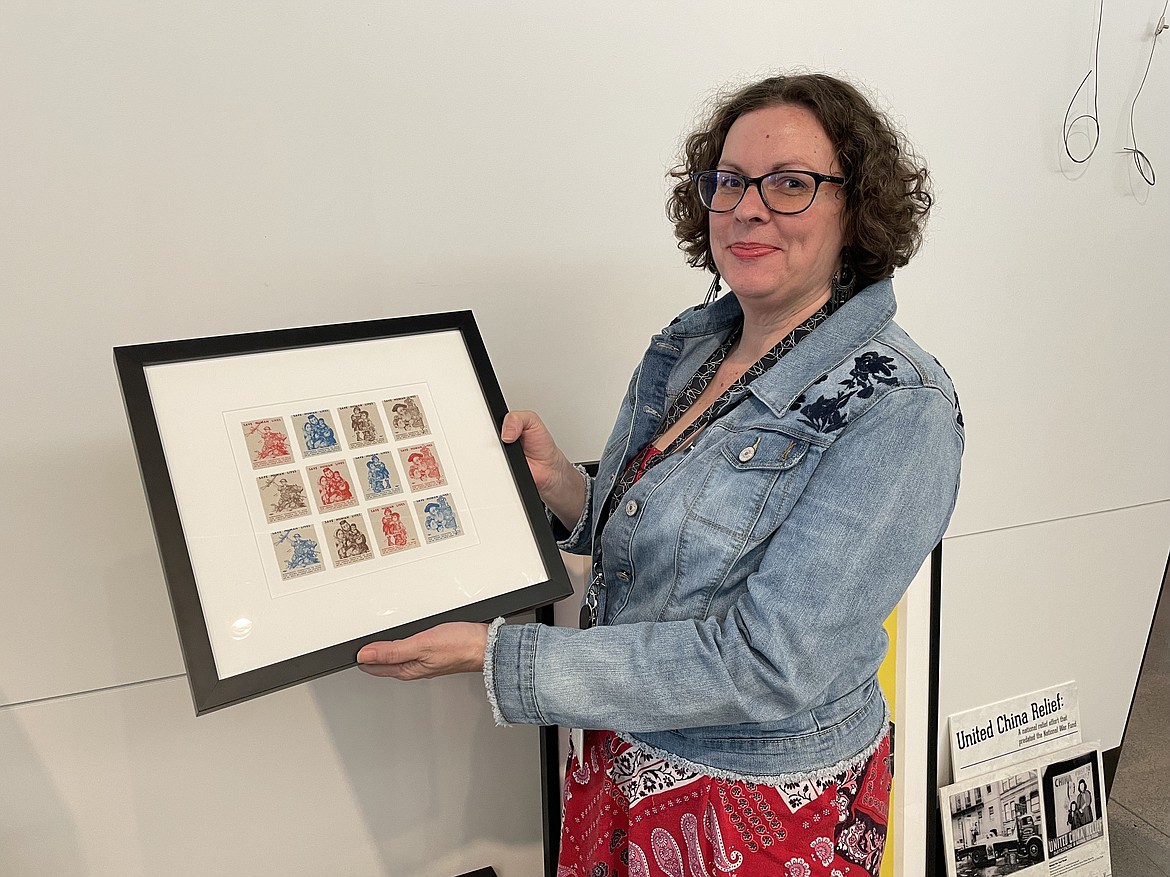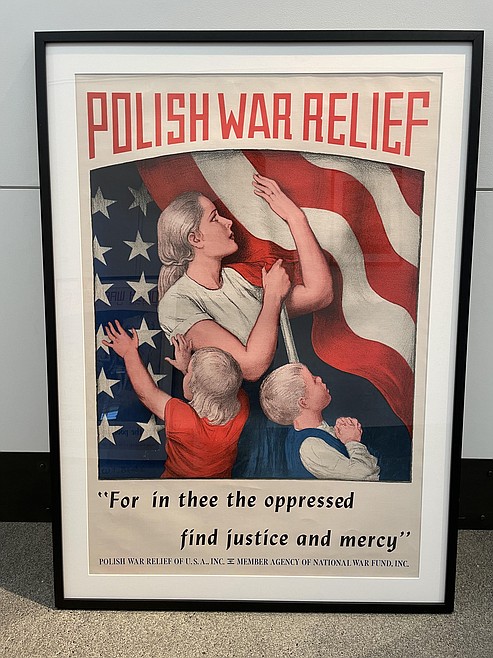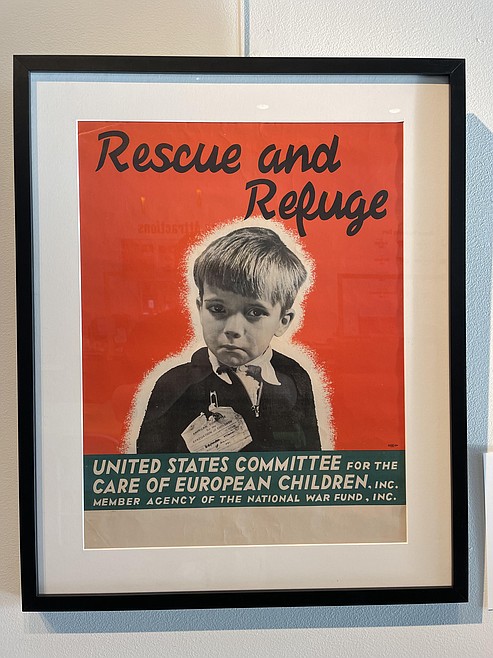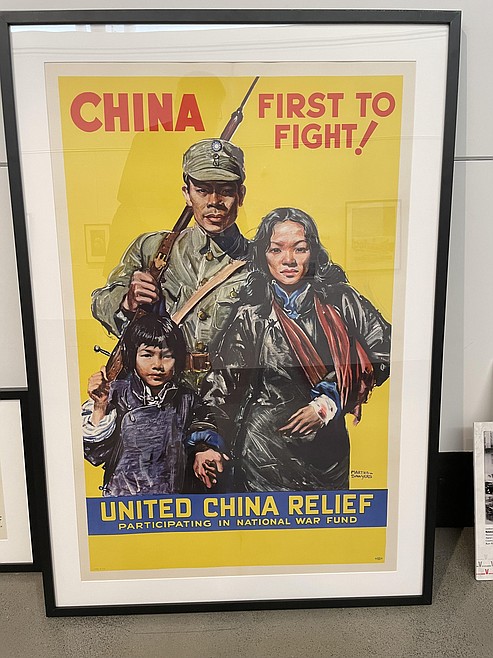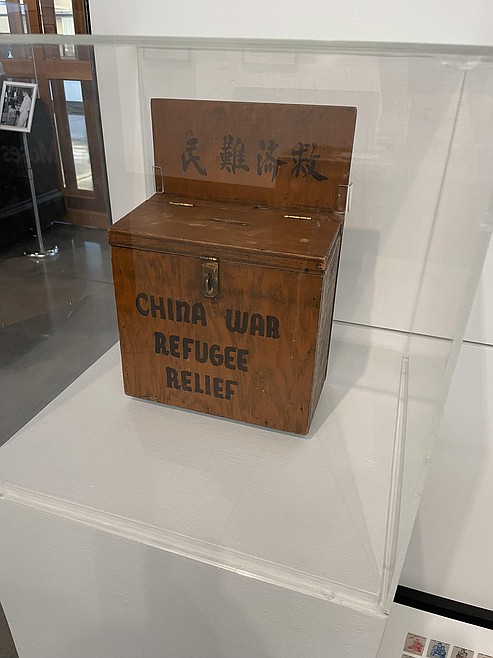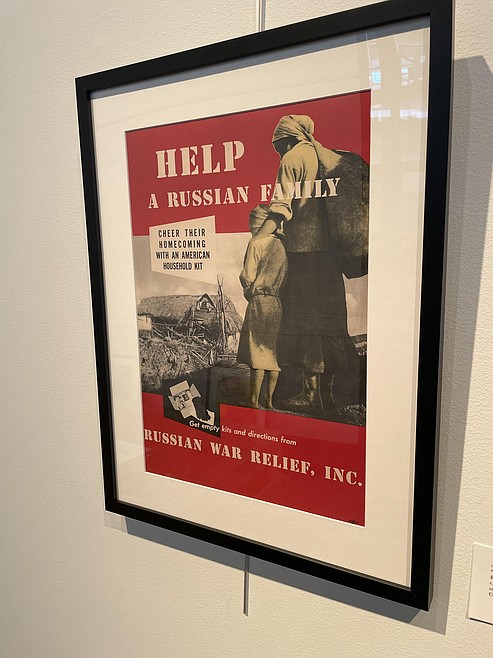'Work, Fight, Give'
MOSES LAKE — As supporters of Ukraine crowdfund to raise money to help the over 3 million refugees fleeing invading Russian troops, it’s good to remember this isn’t the first time Americans have been asked to help victims of war abroad.
Become a Subscriber!
You have read all of your free articles this month. Select a plan below to start your subscription today.
Already a subscriber? Login

